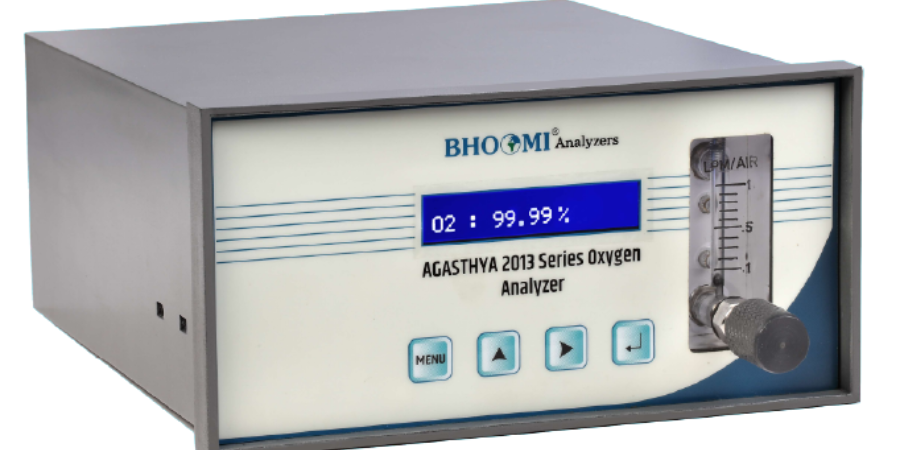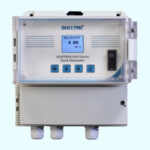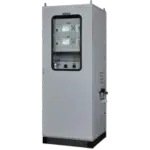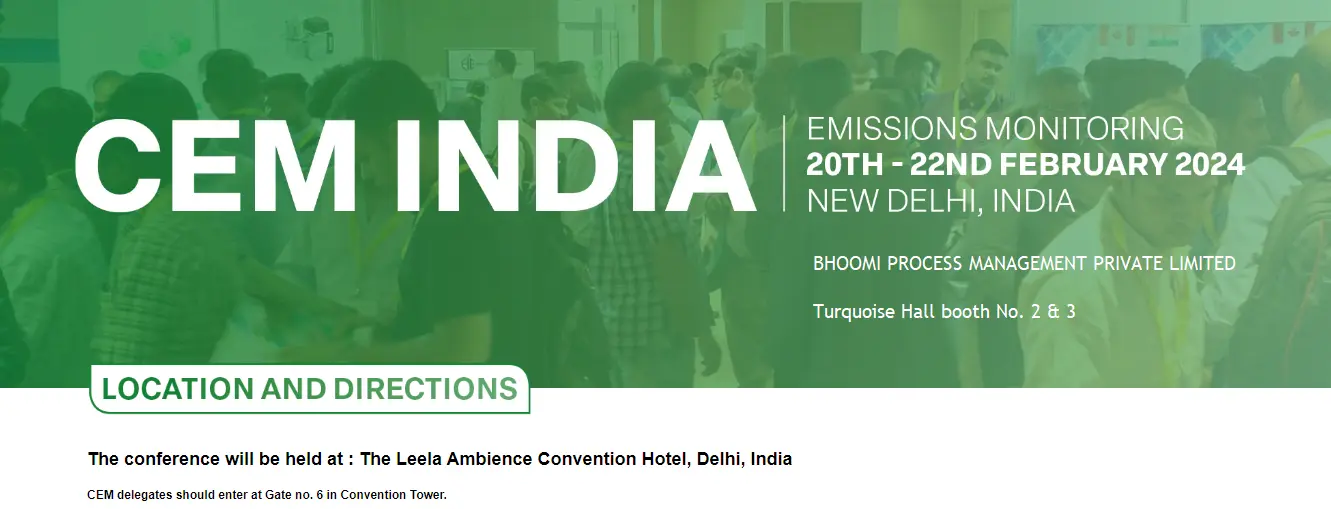Lets learn about Oxygen Purity analyzers- How do they impact our live?
As far as the methods of working of the oxygen gas purity analyzer are concerned, the most prominent ones include the Zirconia type measurement system, the Paramagnetic type, the Optical method, and the Electrochemical type.
At Bhoomi Ltd, the three most prominent methods employed by oxygen purity analyzers are Zirconia, the Electrochemical or EC Method, and the Paramagnetic method.
Let us find out more about a few essential aspects of the oxygen purity analyzer devices and their nuances in the paragraphs that follow.
The function of an oxygen purity analyzer
These devices are known by a few different names as well. For instance, you can know them as oxygen purity testers and oxygen monitors.
The device helps in measuring the concentration of oxygen in a gaseous mixture one that comes from oxygen purification machines, and concentrators. There are many sectors where they are used. The industries include Oxygen generator plant, Gas Manufacturing, environmental setup, medical, and so on.
So, an oxygen gas purity analyzer detects the oxygen percentage that is present in the gaseous mixture. Thereafter, it calculates the percentage and displays the same.
Let us understand the working, advantages and disadvantages of two methods employed at Bhoomi Ltd, in the table below.
| Method | Advantages | Disadvantages | Working Principle |
| Electrochemical Cells |
|
|
A working electrode gets reacted with gas. This triggers an electrochemical redox reaction. A current that is proportionate to the oxygen level is generated. |
| Zirconia Technology |
|
|
In the Zirconia method, oxygen ions are allowed to traverse. When these ions are exposed to gases at varying concentrations, electrochemical voltage is generated. |
Safe oxygen levels recommended by authorities
Government agencies usually recommend varying limits for oxygen gas. Check the examples below-
| Government agency | Requirement/Recommendation |
| OSHA or Occupational Safety and Health | If air has a composition of oxygen below 19.5%, air is said to be deficient in oxygen. |
| ACGIH or American Conference of Governmental Industrial Hygienists | Less than 18% is the minimum partial pressure without the requirement of normal atmospheric pressure for respiratory protection |
| NIOSH or National Institute for Occupational Safety and Health | If air has an oxygen concentration below 19.5%, air is deficient in oxygen. |
You can invest in oxygen purity analyzer devices according to your requirements. Always approach a reliable agency for deriving the maximum benefit for your industrial needs in the context of detecting gas purity.



